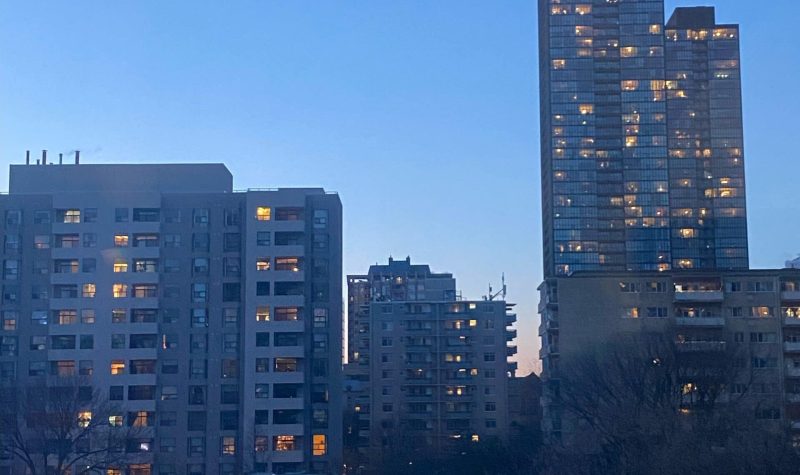By Katia Galati & Talha Hashmani
With a surge in capacity at shelters, the lethal opioid crisis, alternative housing availability, and renovictions, the impacts are felt by community members from coast-to-coast.
It’s easy to point fingers, criticizing government efforts on their supposed inaction to pump the breaks on an accelerating housing market. But homelessness is not an issue native to Toronto.
According to the Homeless Hub, the City of Vancouver is tied in second for the highest homeless population percentage compared to the total population. With 0.27 per cent of the entire population homeless, the city of Vancouver has similar driving factors of the homeless and housing crisis as Toronto.
“There are quite a few factors, it could be physical health, mental health, and people being forced out of their places due to renovictions,” says George Mandor from Kettle Society, a non-profit organization that offers housing, employment and community service programs to vulnerable and unhoused individuals in Vancouver. “Simply the lack of affordable housing or supportive housing for people that are coming here from different provinces.”
In terms of homeless encampments, last summer in Vancouver told a similar story as Toronto. Protesters and homeless advocates went toe to toe with police officers as an injunction gave police powers to remove outdoor homeless encampments. With city camping made illegal in both Toronto and Vancouver, encampments in Vancouver flourished with residency compared to Toronto.
“Last summer a park close to the Downtown Eastside had approximately 3,300 people living in it. So folks are desperately trying to find community and shelter together - one of the driving forces behind encampments,” said Marika Albert, the policy director at the BC Non-Profit Housing Association.
But the City of Vancouver seems to be taking a different approach with the dealing of encampments in city parks. Recently, an injunction filed by the Vancouver Park Board this year was denied, allowing encampments to remain in place at CRAB Park.
As for renovictions, a main driving force of the displacement of low to middle-income residences, the City of Burnaby, the third-largest city in British Columbia, has placed the issue of affordable housing at the forefront of their itinerary. However, instead of renovictions, where tenants are evicted on the basis of the renovation of their rental unit, the City of Burnaby has seen a trend of 'demovictions'.
Demovictions is a process that involves landlords evicting tenants on the basis of demolishing their unit and putting it back on the market for a higher price.
“When a building gets torn down, the developers are responsible for looking after those tenants at the same rent as they have been paying before until the new building is built,” says Burnaby Mayor Mike Hurley.
“And then these people have the option to move back into those buildings at the same rate as they were paying prior to the building being knocked down.”
While a similar policy exists in Toronto, it's not monitored closely as in the City of Burnaby. According to Hurley, the city holds regular town meetings and speaks to tenants one-on-one to ensure they are well aware of their rights.
This is part six of The Unhoused and The Unprepared, a six-part series where we dive into Toronto’s homelessness and housing crisis. Listen to the rest of the interviews and the sixth episode of The Unhoused and The Unprepared series: Our Neighbours:


